Spirea "Magic Carpet": features, recommendations for cultivation and reproduction
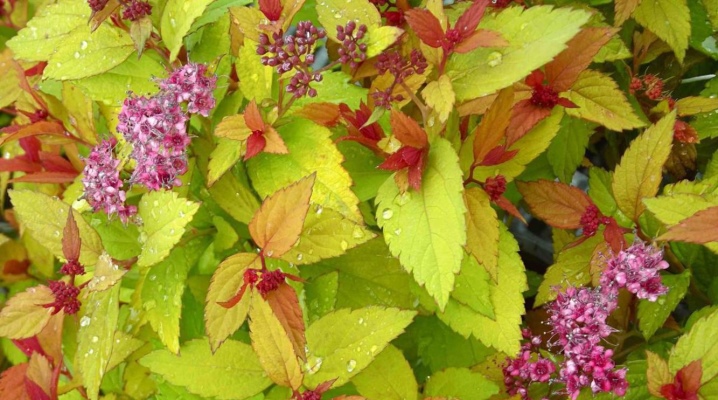
Japanese spirea "Magic Carpet" can become a real highlight of the garden, diversifying it with extraordinary colors. Simple care, long flowering, high frost resistance increase the popularity of the variety. It will perfectly fit into any landscape design, both in group planting and in single planting, especially during the period of abundant flowering.
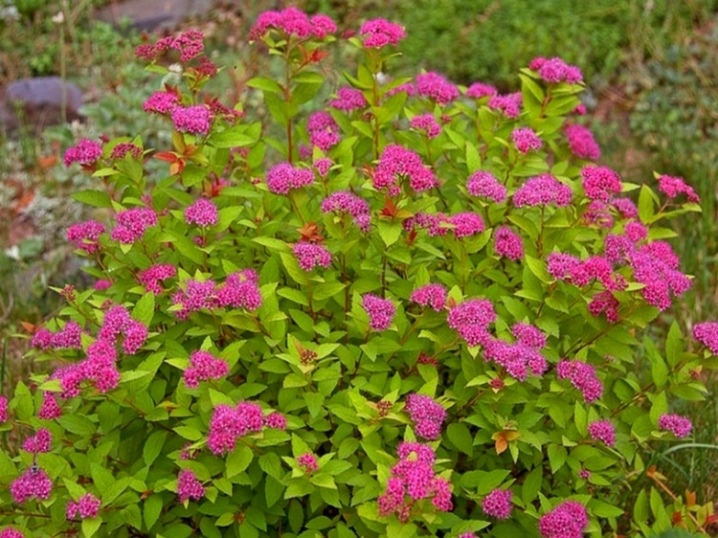
Description of the variety
Japanese spirea "Magic Carpet" refers to undersized ground cover shrubs. The species is appreciated by gardeners for its unpretentiousness in courting, high deciduous and decorative qualities and persistent resistance to pests and diseases.
The main feature of the variety is the original color of the leaves and a long flowering period with bright and abundant inflorescences.
The leaves change their color throughout the growing season. When blooming in spring, they are copper-red, in summer they are bright yellow, in autumn they are red-orange. Inflorescences of small diameter 5-6 cm with rich pink shades. Bloom lasts from June to September.
Another advantage of Magic Carpet is its resistance to gas and air smoke. You can plant such a crop in parks, squares or near the roadway without fear that the plant will die.

Landing
"Magic Carpet" does not require any special care skills. However, to get a healthy and beautiful bush, you need to plant it correctly. The vulnerable part of all spirits is the root system. The ideal option is a seedling in a container. The roots are closed, therefore quite moist.
If a seedling was purchased with open roots, pay attention to their condition. They should be moist and firm. The shoots must have live buds. It is better to plant in spring (late March - early April) before the buds wake up.
In order for the bush to meet the decorative and deciduous qualities, it should be planted in a sunny place or in a slight partial shade. In the shade, the leaves fade and completely lose their special color. The culture is undemanding to the composition of the soil, but for good development, choose fertile, drained, moist soils.
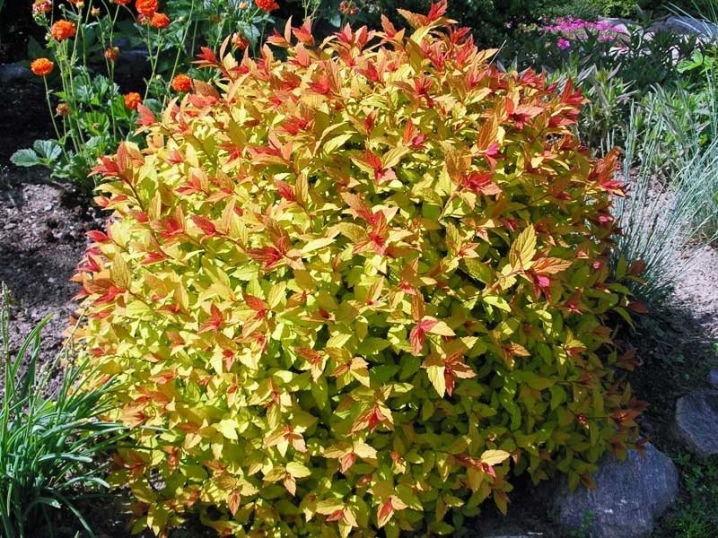
Having started planting, you need to prepare the planting pit in advance. It should be one third larger than the root system. The distance between the holes is from 50 cm. The roots grow rather quickly, the plant needs a place so as not to conflict with each other and other crops for moisture and nutrients.
A drainage layer (broken brick or crushed stone) is laid at the bottom of the prepared pit. For survival and growth, the soil mixture should consist of sod soil, river sand and peat. Part of the substrate is poured over the drainage. Then a seedling is placed, the roots are straightened, everything is covered with the remaining soil and carefully rammed. After the seedling is watered abundantly.
Important! To avoid the death of the plant, the root collar should be located at ground level.
The final stage is mulching with dry foliage, sawdust or peat. This will allow not only to preserve moisture in the soil, but also to further enrich the shrub with fertilizer.
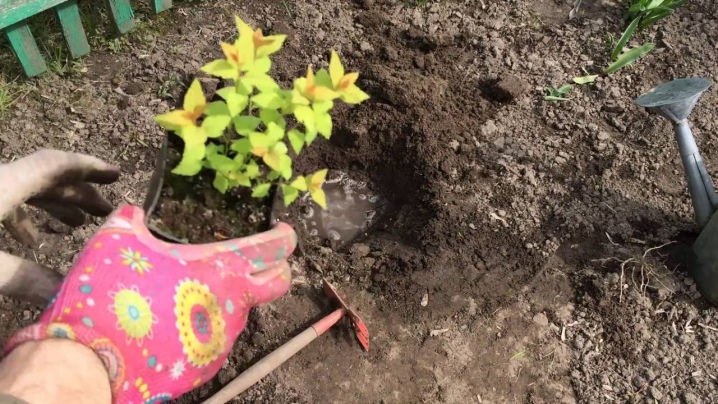
Care
Spirea "Magic Carpet" is undemanding in leaving. The main thing is to water on time, especially young seedlings (often and abundantly). When the bushes take root, they are watered every 2 weeks at the rate of 15 liters of water per bush. Be sure to loosen the moistened soil, remove weeds.
Bush shape and abundant flowering is achieved through pruning, in spring and after flowering.For the formation of the crown, the "haircut" is carried out in May. All dry and damaged shoots are removed. If the bush is heavily overgrown with young shoots, the healthiest ones are left, which are shortened to the first few buds.
Mulch in the development of a plant performs one of the important protective functions. It is carried out not only during planting, but also in early spring for adult specimens. It should include peat, compost (humus) and bark. When preparing the plant for winter, the soil with mulch is carefully dug up.
Do not forget about fertilization, which especially needs to be applied in the spring and during the flowering period. Spring feeding consists in the introduction of complex mineral fertilizers, in particular, nitrogen fertilizers. In the summer, the plant needs more phosphorus-potassium fertilization. The soil should be enriched with organic fertilizers in the form of compost and humus. Such "nutrition" of Japanese spirea is best absorbed in liquid form, it must be applied under the root 1 time in 2 weeks.
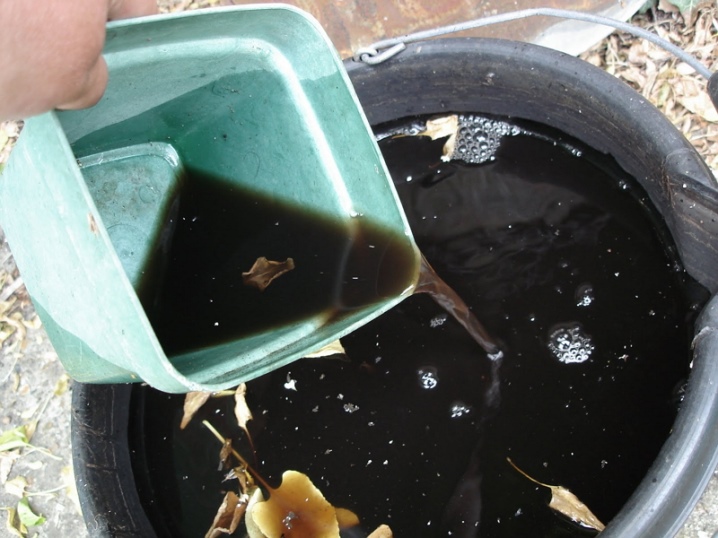
Breeding
Japanese spirea of the "Magic Carpet" variety can be propagated by any means: seeds, cuttings, layering and dividing the bush.
Layering and division are considered the most effective and less time consuming.
Seeds
The seed collected in the fall is sown in the spring. It is not necessary to disinfect and embed them in the ground. The seeds are so small that they should be placed on the surface of the soil, carefully watered and covered with foil. Choose a peat substrate with the addition of vermiculite. When the seedlings reach a height of 2 cm, they dive into separate containers. In the spring they land on a permanent place.
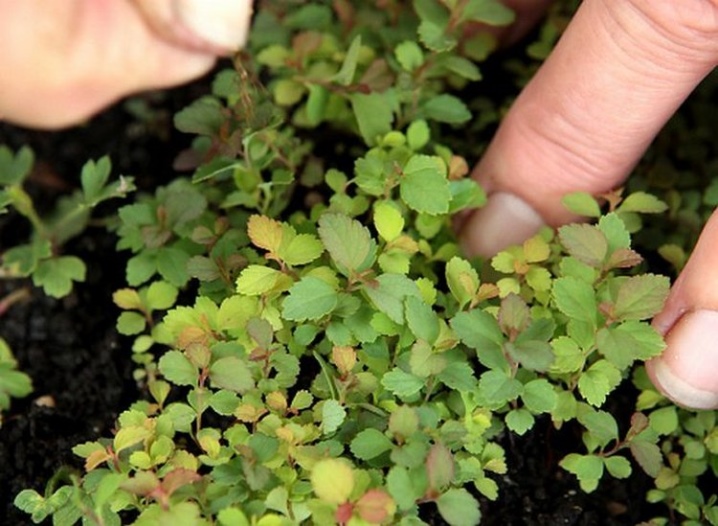
Cuttings
In autumn, only strong shoots without damage are selected for reproduction. Each stalk should have 5 leaves, the lower ones are removed, the rest are shortened by half. Then they are placed in water with a root growth stimulant for several hours. The substrate for planting is nutritious (peat and river sand).
Deepen the cuttings by 2 cm at an angle of 45 degrees. Watered abundantly with water with a root former and covered with foil. Care is simple: watering and spraying the shoots. The next year they are grown, and in the fall they are planted in a permanent place.
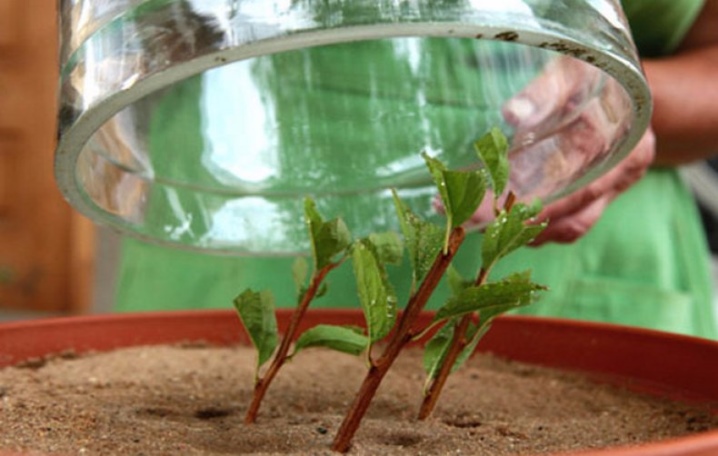
Layers
In early spring, the lower shoots are bent to the ground, buried in earth, having previously left only the upper part of the shoot. Over the summer, the cuttings have time to take root well. In the fall, it remains to separate them from the mother bush and plant in the selected area.
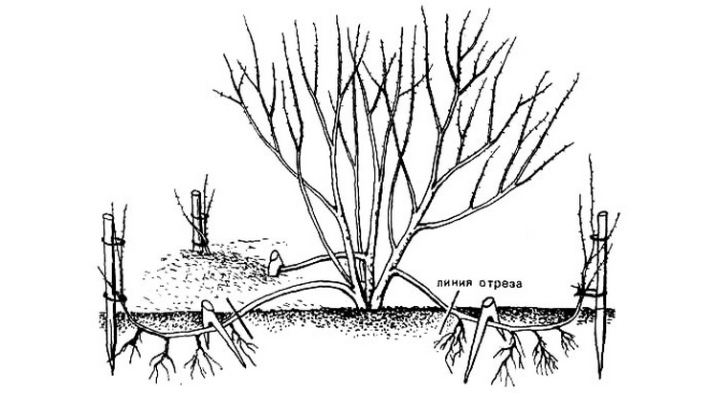
Dividing the bush
The division is carried out in late summer - early autumn. The method is successful after dividing the bush, when the air is cool and the shade is large. The roots are thoroughly washed with water, long ones must be shortened and treated with wood ash. Root layers are divided into parts, each with 3 shoots. Planted in holes, watered abundantly every other day until rooting is complete.
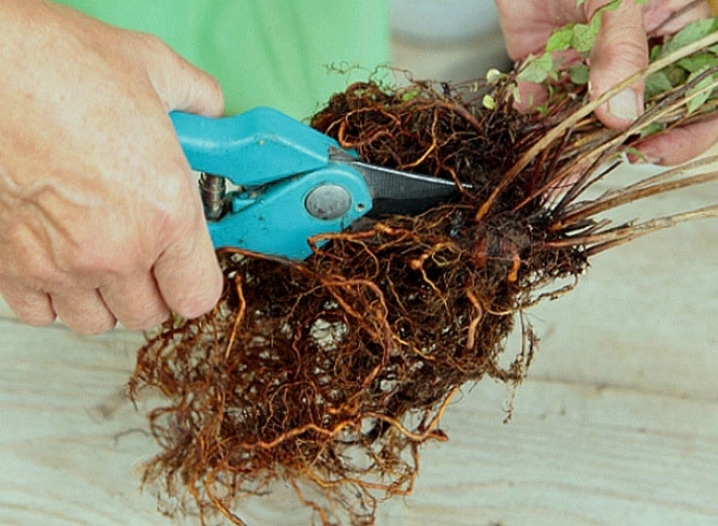
See below for more details.



































































The comment was sent successfully.